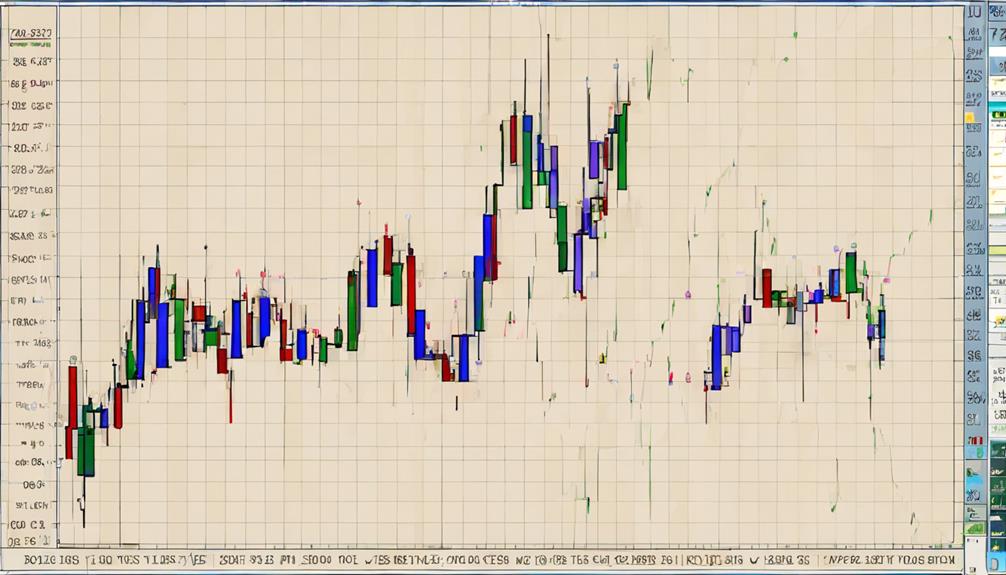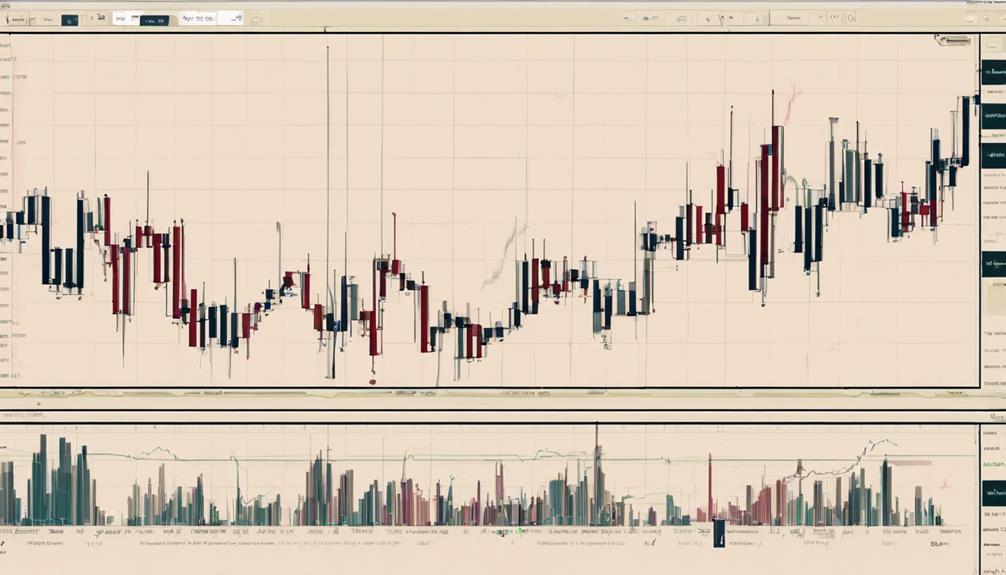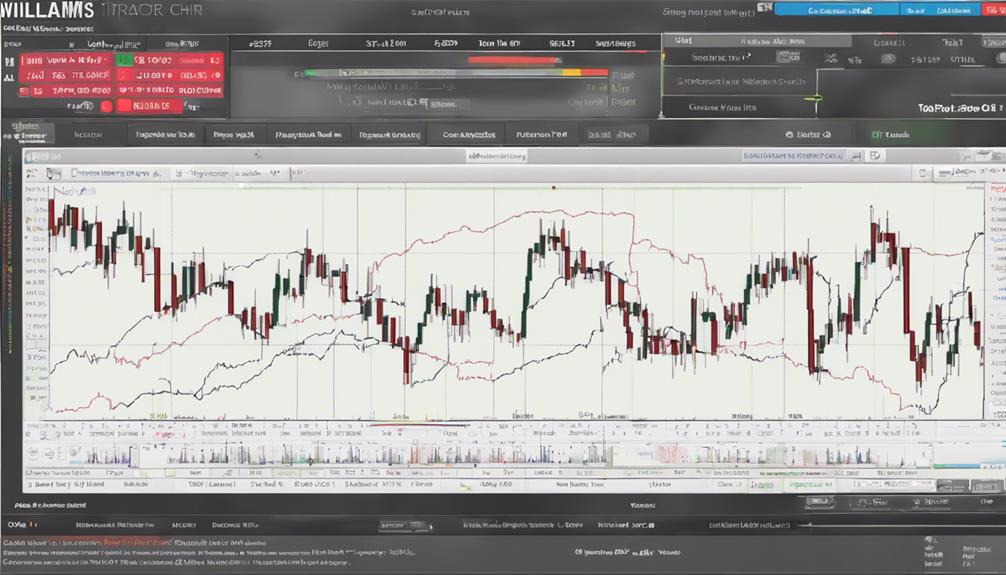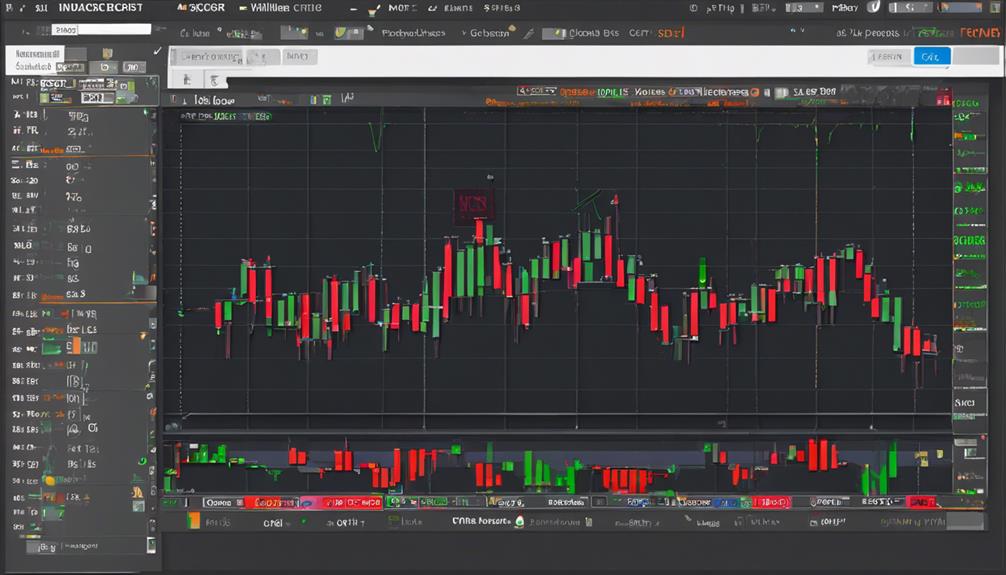Exploring the foundational aspects of the Williams %R Indicator can provide novice traders with a solid framework for navigating market trends and potential reversals. By grasping the calculation methodology and deciphering the indicator's signals, traders can gain a valuable edge in their decision-making process.
Furthermore, practical tips on how to effectively apply the Williams %R Indicator on charts can enhance one's trading strategy significantly. Stay tuned to unravel the core principles and strategies associated with this indicator that can elevate your trading acumen and lead to more informed trading decisions.
Understanding Williams %R Indicator Calculation
In grasping the essence of the Williams %R indicator calculation, traders delve into the intricate interplay among the highest price, lowest price, and the most recent closing price over a specified timeframe. The Williams %R indicator, developed by Larry Williams, is a popular momentum oscillator used in technical analysis for trading. It measures the level of the most recent closing price concerning the high-low range over a set period, commonly 14 days. This calculation provides traders with insights into whether an asset is overbought or oversold.
When the Williams %R value surpasses -20, it indicates an overbought market condition, suggesting a potential reversal may be on the horizon. Conversely, a value below -80 suggests an oversold condition, indicating a possible buying opportunity. Understanding the Williams %R indicator calculation is crucial for traders seeking to gauge momentum and make informed decisions based on technical indicators.
Interpreting Williams %R Indicator Signals

Interpreting signals from the Williams %R indicator is a critical aspect of technical analysis for traders seeking to make well-informed decisions in the financial markets.
The Williams %R, developed by Larry Williams, is a technical momentum indicator used to identify overbought and oversold market conditions.
Readings above -20 suggest an overbought market, indicating a potential reversal or correction may be on the horizon. Conversely, readings below -80 signal an oversold market, indicating a potential buying opportunity.
Crosses above -50 on the Williams %R indicate a bullish trend, while crosses below -50 suggest a bearish trend.
Additionally, failure to move above -20 after being in the overbought zone could signal weakening upside momentum, while failure to move below -80 after being in the oversold zone may indicate weakening downside momentum.
Traders often use the Williams %R indicator to confirm potential market reversals or trends, enhancing their analysis of market conditions.
Implementing Williams %R Indicator on Charts

When integrating the Williams %R Indicator on charts, traders can access the indicator easily on MetaTrader 4 by navigating through the Insert -> Indicators -> Oscillators menu. Utilizing this tool effectively can provide valuable insights into market conditions. Here are some key points to consider:
- Customization: Traders have the flexibility to choose the period for the Williams %R indicator and adjust levels to align with their trading strategies.
- Identifying Overbought or Oversold Levels: The indicator helps in pinpointing overbought or oversold conditions, indicating potential price reversals.
- Monitoring Price Range: By observing the Williams %R indicator on charts, traders can gauge the range within which prices fluctuate, aiding in decision-making.
- Identifying Highest Highs: The indicator can assist in identifying the highest highs in a given period, offering insights into the strength of a trend and potential reversal points.
Integrating the Williams %R indicator on charts can enhance traders' ability to interpret market dynamics and make informed trading decisions.
Practical Tips for Using Williams %R Indicator

As traders strive to optimize their utilization of the Williams %R indicator for informed decision-making, employing practical tips can significantly enhance their trading strategies.
The Williams %R indicator, a type of fast stochastic oscillator in technical analysis, provides insights into market momentum by comparing the closing price to a range of prices over a specific period. It is crucial to understand that readings above -20 usually indicate overbought conditions, while levels below -80 suggest oversold conditions.
To effectively use this indicator, traders should carefully consider entry and exit points, especially during volatile market conditions. Monitoring the Williams %R indicator during various market trends can help traders identify potential reversals or continuations.
Additionally, confirming signals generated by the Williams %R indicator with other technical tools can improve the accuracy of trading decisions. By incorporating these practical tips, traders can better navigate market fluctuations and capitalize on profitable opportunities.
Enhancing Trading With Williams %R Indicator

Enhancing trading strategies with the Williams %R indicator involves leveraging its signals to make well-informed decisions in dynamic market environments. Here are four ways to enhance trading using the Williams %R indicator:
- Identifying Overbought and Oversold Conditions: Utilize the -80 and -20 levels on the Williams %R indicator to identify potential overbought or oversold market conditions, indicating potential reversal points.
- Spotting Trend Reversals: Wait for the Williams %R to move back into a normal range (-80 to -20) to confirm potential trend reversals before making trading decisions, increasing the probability of successful trades.
- Considering Market Context: Take into account the broader market conditions and confluence of signals alongside the Williams %R readings to enhance the effectiveness of the indicator in predicting market movements accurately.
- Recognizing Bullish and Bearish Trends: Pay attention to the Williams %R crossing above -50 for bullish trends and below -50 for bearish trends, providing valuable insights into potential market directions for making informed trading decisions.
Can a beginner effectively use the Williams %R Indicator with these steps?
Yes, a beginner can effectively use the Williams %R indicator with simple steps. First, identify overbought or oversold levels. Then, look for divergence between price and indicator. Finally, consider using other technical indicators for confirmation. By following these simple steps, you can effectively utilize the Williams %R indicator.
Frequently Asked Questions
How Do You Use William R Indicator?
Utilize the Williams %R indicator to identify overbought and oversold market conditions. Watch for readings below -80 for oversold and above -20 for overbought levels. Consider the -50 midpoint for defining upper and lower trading ranges.
What Is the Best Indicator for Beginners?
For beginners, the best indicator is one that offers simplicity and clear signals. Consider indicators like moving averages or MACD, which provide straightforward insights into trends and momentum. Understanding basic indicators first can lay a strong foundation for more advanced strategies.
What Is the Best Setting for Williams R?
The optimal setting for Williams %R depends on a trader's strategy. Shorter periods enhance sensitivity for intraday trading, while longer periods suit swing trading. Experimenting with different settings is crucial to finding the ideal configuration for effective market analysis.
What Is the Formula for Williams %R?
The Williams %R formula calculates the percentage of the distance between the highest high and the current close in a selected period. It is expressed as (Highest High – Close) / (Highest High – Lowest Low) * -100.
Conclusion
In the intricate dance of market fluctuations, the Williams %R Indicator acts as a guiding light, illuminating potential trend reversals and indicating market strength.
Like a skilled conductor leading an orchestra, traders can utilize this powerful tool to navigate the ever-changing rhythms of the market with precision and confidence.
By mastering the nuances of the Williams %R Indicator, traders can harmonize their trades with the market's momentum, creating a symphony of success.
